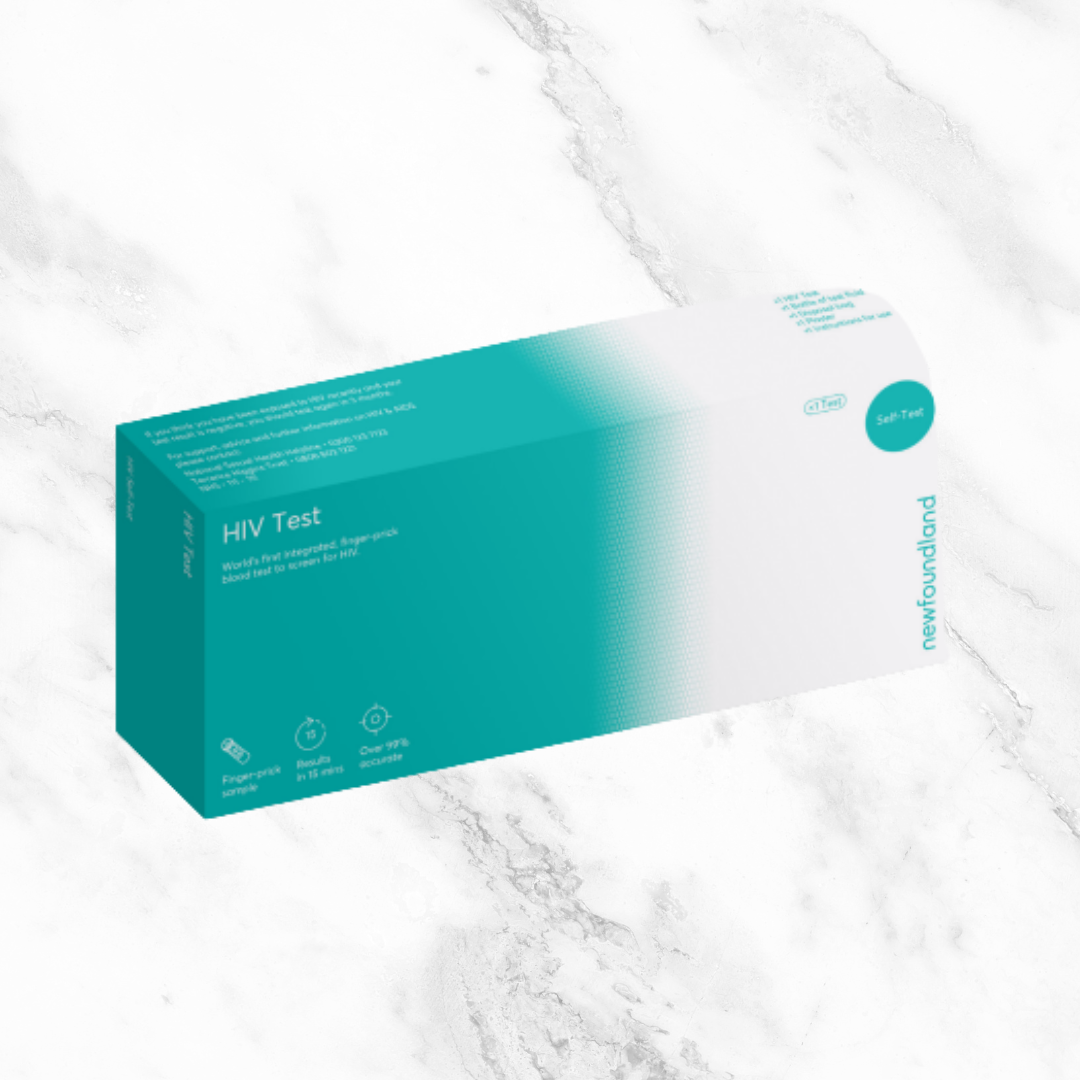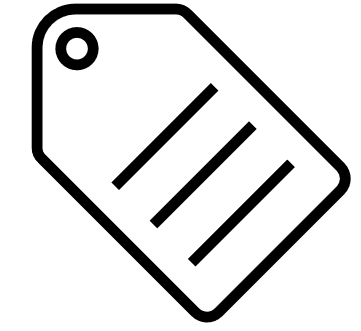1
/
of
1
Hygiene UK
HIV Self-Test - Pack of 1
HIV Self-Test - Pack of 1
Regular price
£8.24 GBP
Regular price
Sale price
£8.24 GBP
Unit price
/
per
Couldn't load pickup availability
There are 2 types of Human Immunodeficiency Virus (HIV): HIV-1 and HIV-2. If you are infected with
either HIV-1 or HIV-2, your immune system will generate antibodies against either virus type.
The HIV Test is designed to detect these antibodies in human blood to determine infection by either
virus type. This is a single-use screening test that gives a result in 15 minutes. If a positive result
is given, this must be confirmed by a healthcare professional using a different type of test.
The HIV Test is comprised of a paper test strip inside a plastic cartridge. The test is performed
by placing a small drop of blood on the test strip and then applying drops of test fluid (diluent).
When the test is completed, two lines can appear on the paper strip. A visible control line indicates
that the diluent was added and migrated successfully, and that the test reagents are functioning
correctly. The Test Line will only become visible if the applied sample contains antibodies to HIV.
“HIV” stands for Human Immunodeficiency Virus. It is a virus that targets the immune system
and over time reduces the body’s ability to fight infection. If left untreated, HIV can lead to
Acquired Immune Deficiency Syndrome (AIDS). There is no cure for HIV, or AIDS, but with correct
medical treatment it can be managed as a non-life threatening condition. With early diagnosis
and treatment, the life expectancy for someone with HIV can be similar to that of someone who
does not have HIV.
The only way to know if you have HIV is to have an HIV test. It is important to know your status
to help prevent passing the virus on to others.
Certain body fluids from a person who has HIV – including blood, breast milk, semen, rectal fluids
and vaginal fluids – can transmit HIV. Transmission can occur if these fluids come into contact with
a mucous membrane (found inside the rectum, vagina, penis or mouth) or damaged tissue, or are
directly injected into the bloodstream (by a needle or syringe). HIV can also be transferred from
an HIV positive mother to her child during pregnancy or childbirth. HIV risk events include:
— Unprotected sex with someone who has HIV or whose HIV status is unknown.
— Unprotected sex (vaginal or anal) with multiple partners.
— Using non-sterile needles or injecting equipment.
HIV is NOT transmitted by casual contact (shaking hands, sharing a glass, etc.), kissing, saliva, tears,
sweat, air or water.
Share






